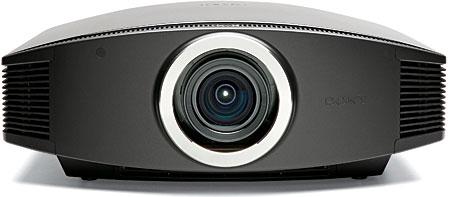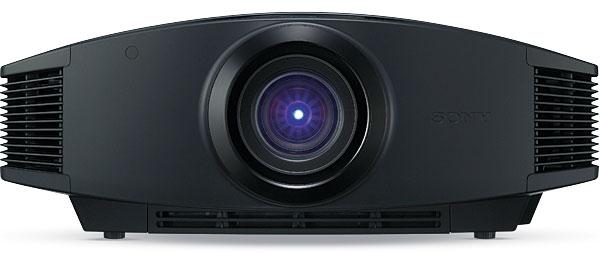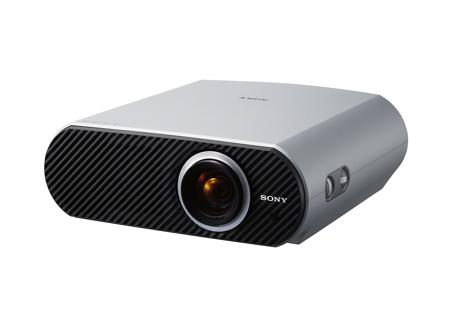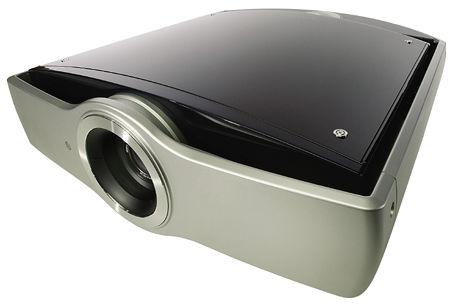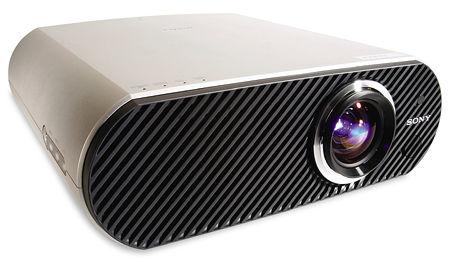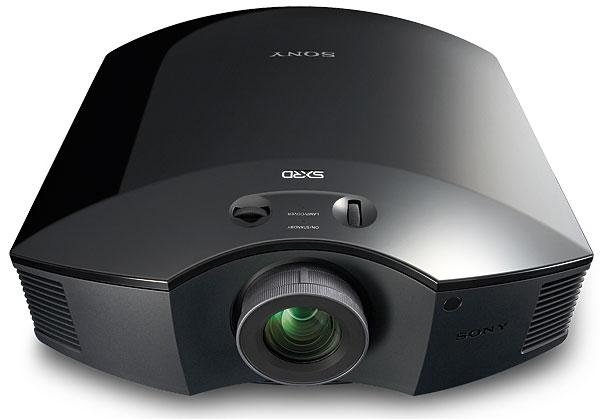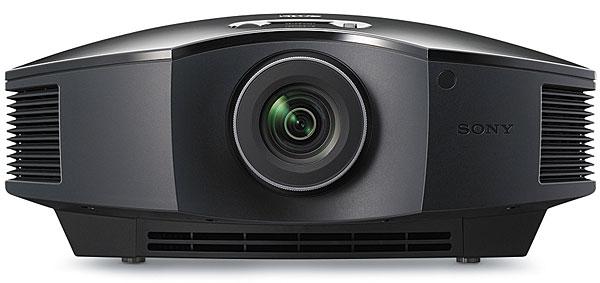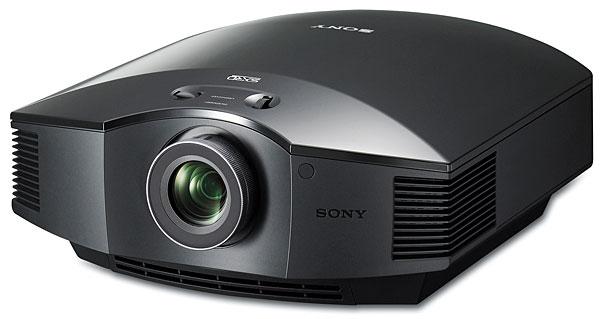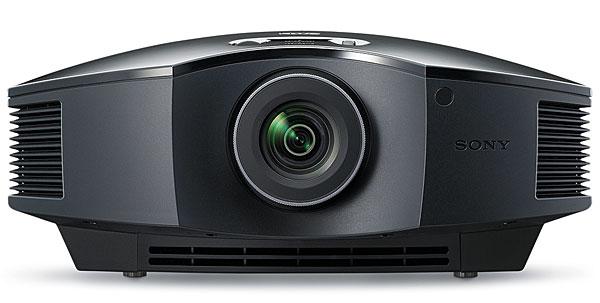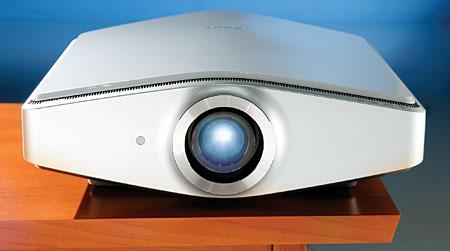Projector Reviews
Sort By: Post DateTitle Publish Date
|
May 12, 2011
|
Nov 02, 2011
|
Mar 30, 2017
|
Feb 04, 2013
|
Mar 14, 2016
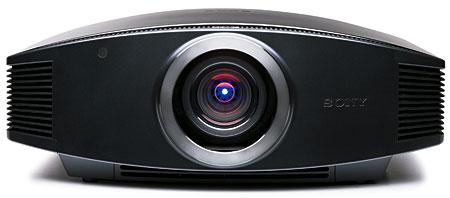
 Price: $8,000 At A Glance: Superb contrast and black levels • Excellent color • Unique adjustments
Price: $8,000 At A Glance: Superb contrast and black levels • Excellent color • Unique adjustments
